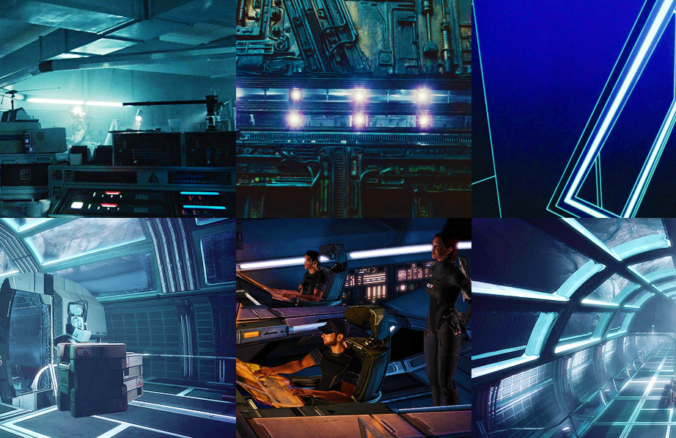Our guest blogger: Jena is a 24 year old Content Marketer by day, and an unrepentant Mass Effect fanatic by night. She likes to gush to random strangers about her Shepard, much like how parents always have photos of their babies on standby. You can find her on tumblr here.
This week, she talks to us about the design of the Mass Effect Universe!
Ever have one of those moments where you notice something so obvious, so basic that you can’t understand how you never realized it until this exact moment and all the only thing you can do is say, “Oh. Yeah.” ?
I had an “Oh. Yeah.” moment a few years ago after rounding off another playthrough of Mass Effect 2. I always appreciated the scenery of the games, but once you start getting into your hundredth hour of playing it all melds into the background slush of your brainscape. I had just happened to have re-watched the Fifth Element the day before. Shepard was stepping into the familiar neon lights of Omega when it hit me like a slap to the face. It’s the 90s. 90s sci-fi. Each of the Mass Effect games is aesthetically a different era in sci-fi film history.
Oh. Yeah.
It’s easy to wave away the changes in visuals between the games as just a natural byproduct of improved graphics, but once my brain locked on this idea, it was impossible not to start digging. Improved graphics don’t explain drastic color palette changes. Improved graphics don’t explain core architecture transforming. Improved graphics don’t explain complete tonal shifts. You see where I’m going here?
I’m hoping to inspire your own personal “Oh. Yeah.” moment through a little visual journey through time. Instead of dissecting each game frame-by-frame and name-dropping film theorists, I’ll give you a snapshot of each era in sci-fi films and an actual look at how Mass Effect mirrors those trends. Sound good? Hope it does, because I’ve already started writing.
So sit back, pop open a Tab, munch on some Dunkaroos, and slip into that pink velour tracksuit because we’re going on a journey.
Mass Effect 1 = The 1980s
Hallmarks of the era in sci-fi films:
- Muted contrast between colors
- Overall blue tint to visuals
- Boxy architecture with sharp points
- Nighttime settings
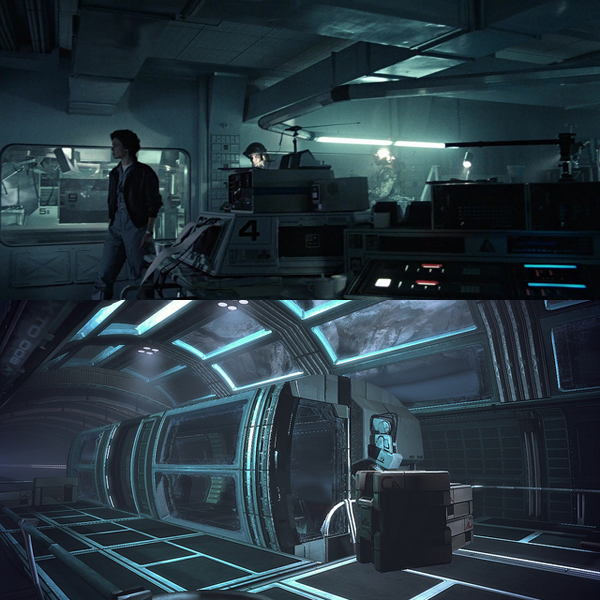
Aliens (1986)
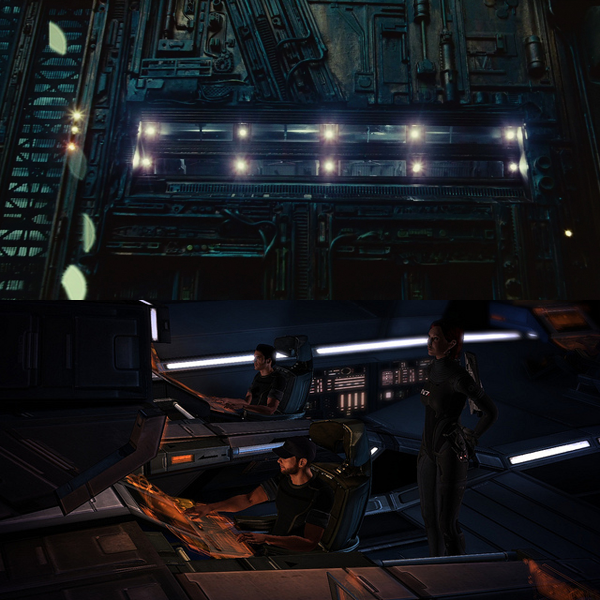
Blade Runner (1982)
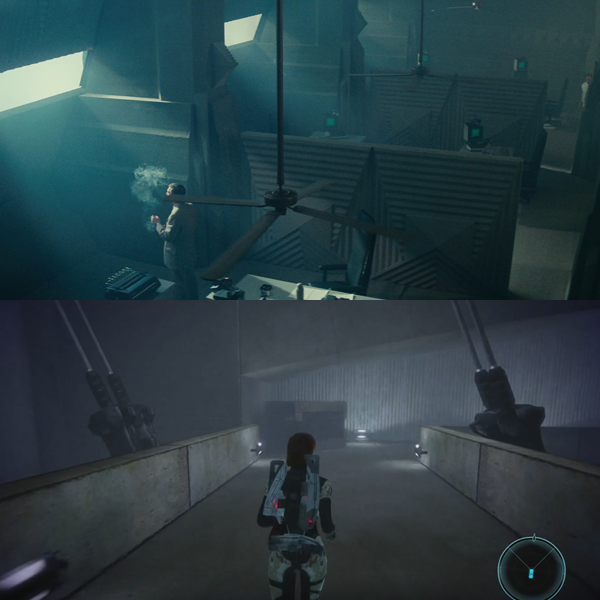
Blade Runner (1982)
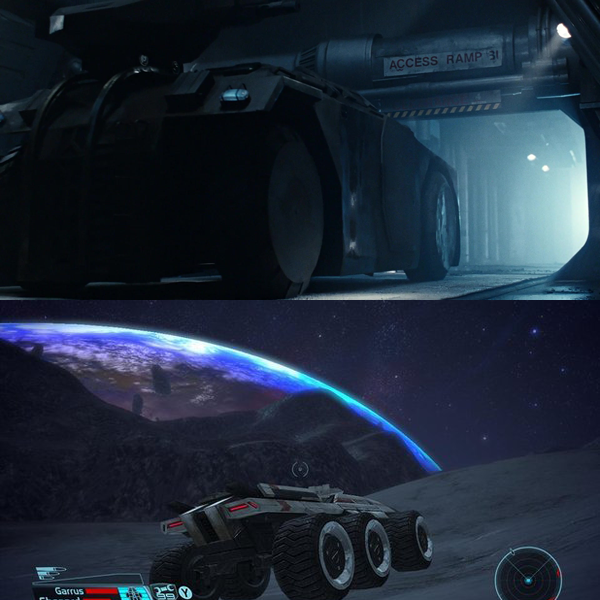
Aliens (1986)
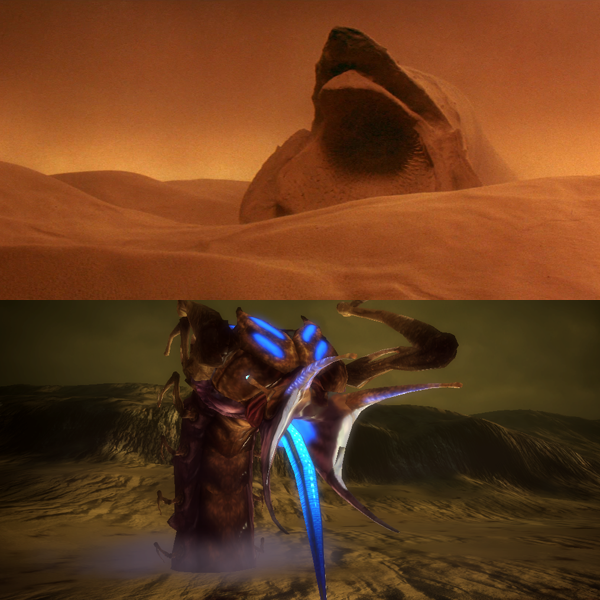
Dune (1984)
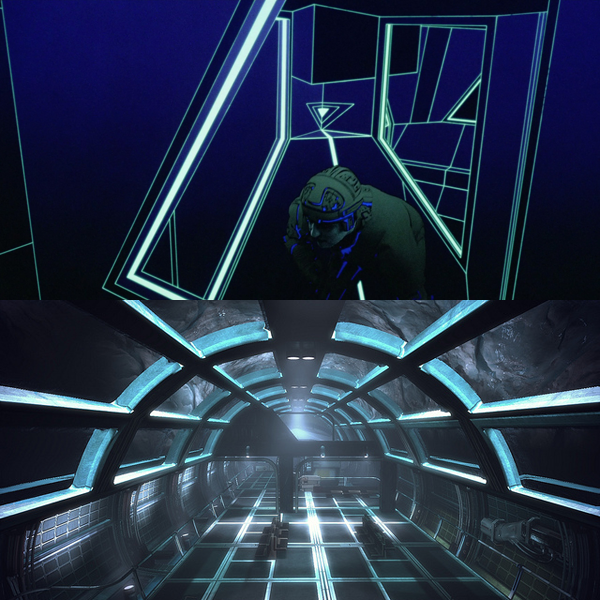
Tron (1982)
Mass Effect 2 = The 1990s
Hallmarks of the era in sci-fi films:
- Dark, neon lights
- More contrast between colors
- Gritty, overcrowded cityscapes
- Overall dirty, more lived-in look
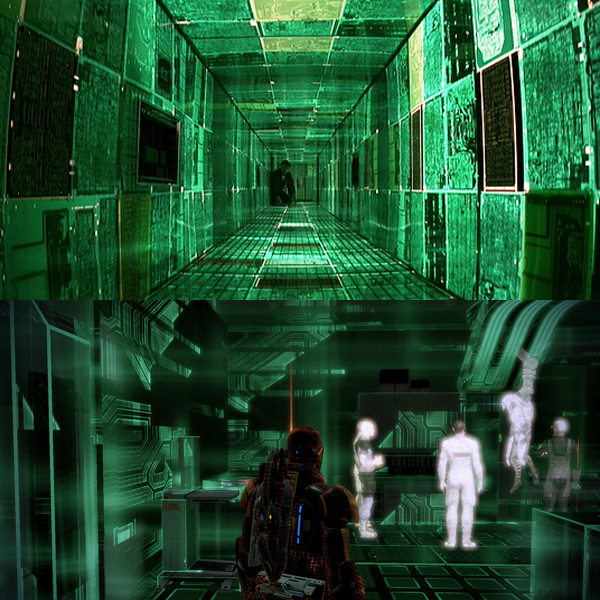
Event Horizon (1997)
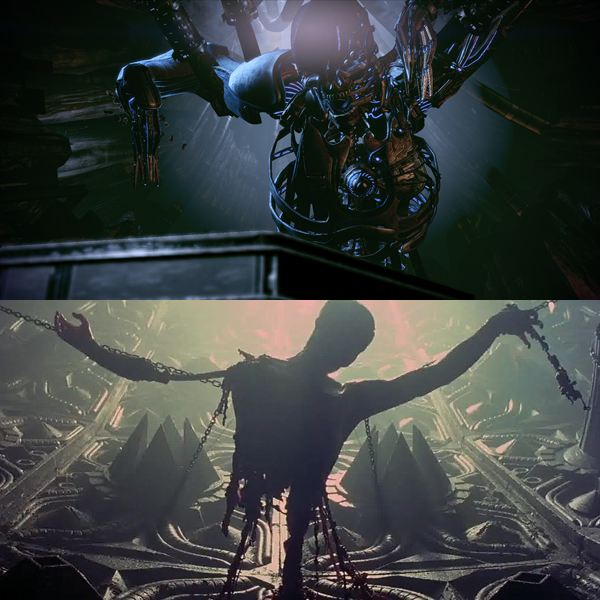
Event Horizon (1997)
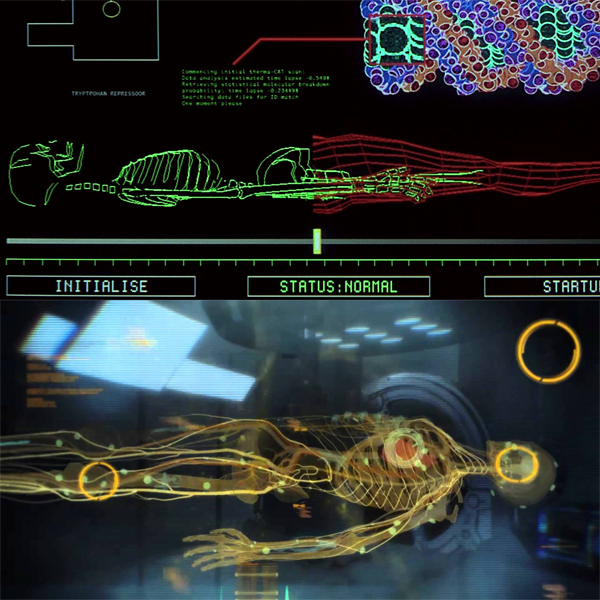
The Fifth Element (1997)
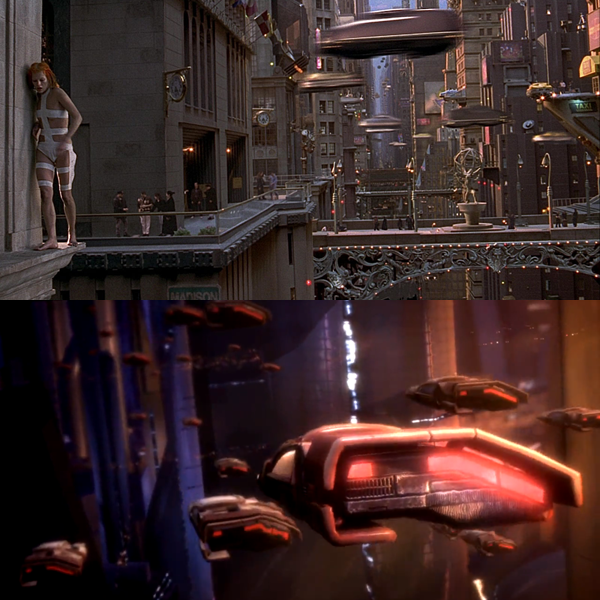
The Fifth Element (1997)
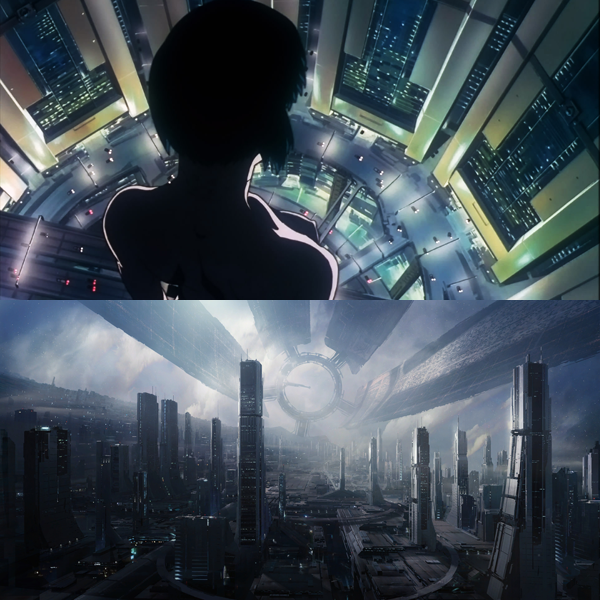
Ghost in the Shell (1995)
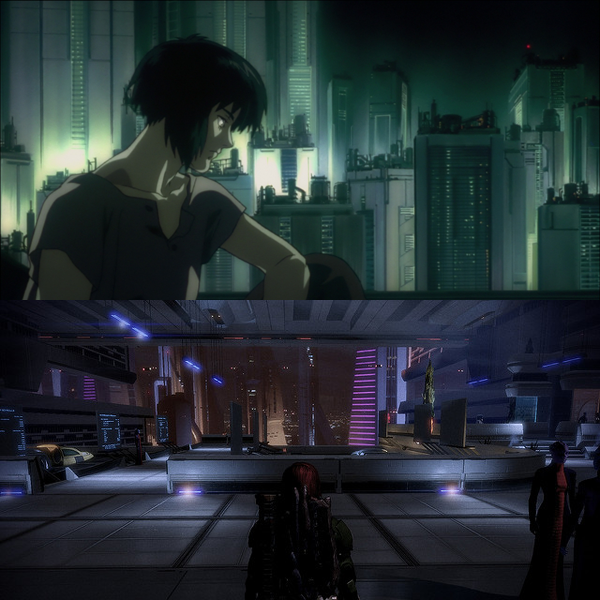
Ghost in the Shell (1995)
Mass Effect 3 = The 2000s
Hallmarks of the era in sci-fi films:
- Sharp contrast between colors
- Shiny, chrome architecture
- Bright lighting
- Very cinematic visuals (clean, sharp)
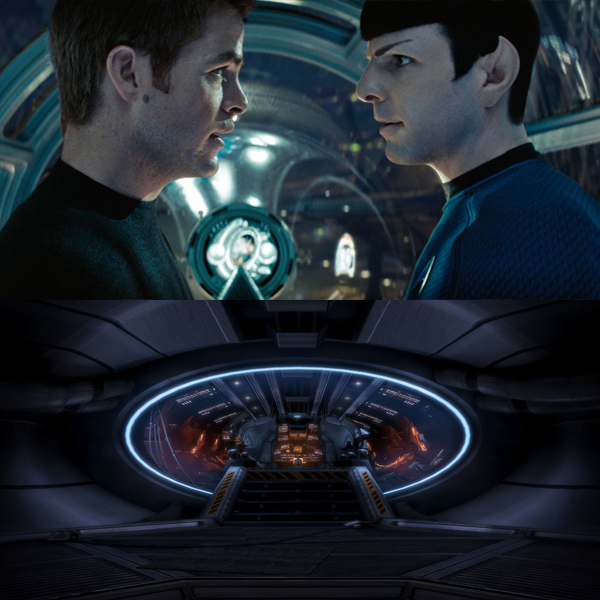
Star Trek (2009)
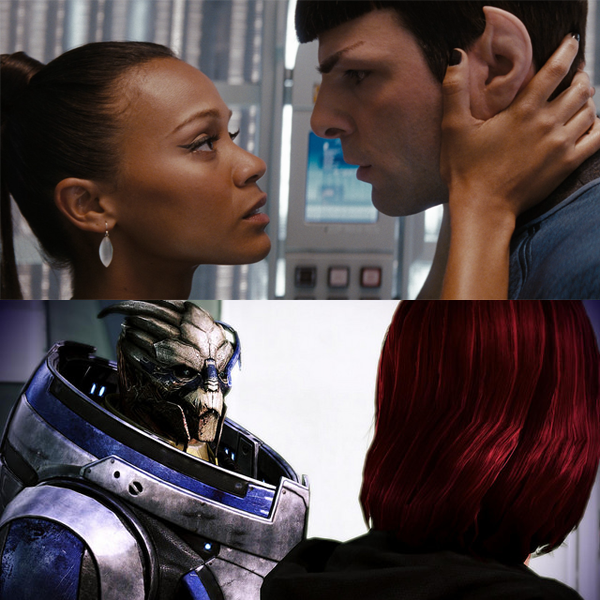
Star Trek (2009)
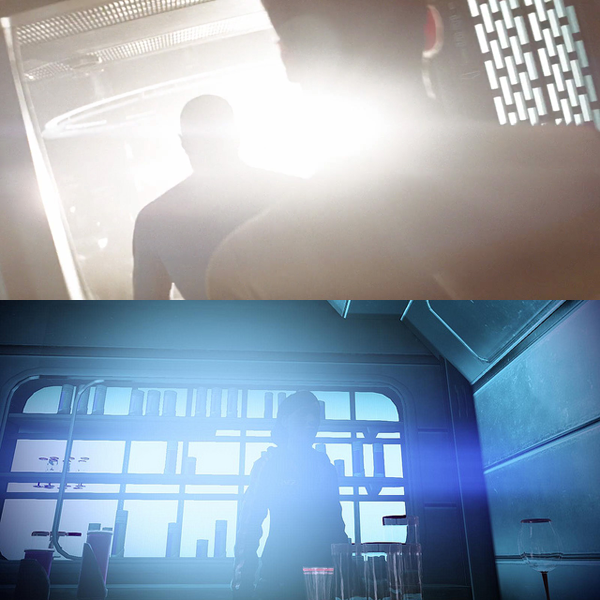
Star Trek (2009)
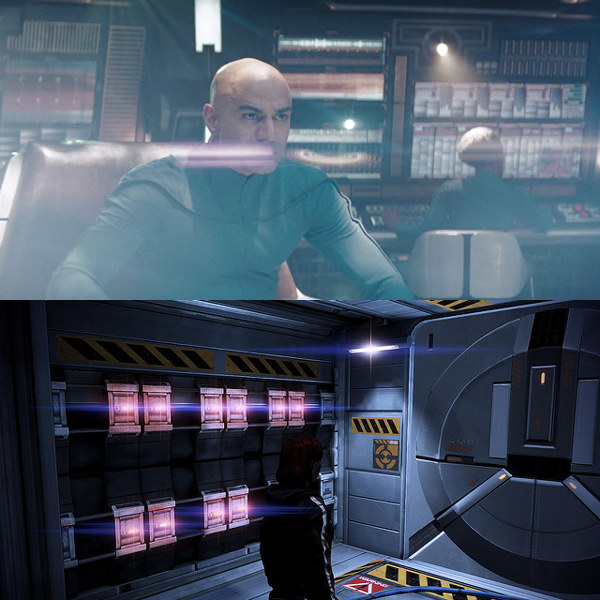
Star Trek (2009)
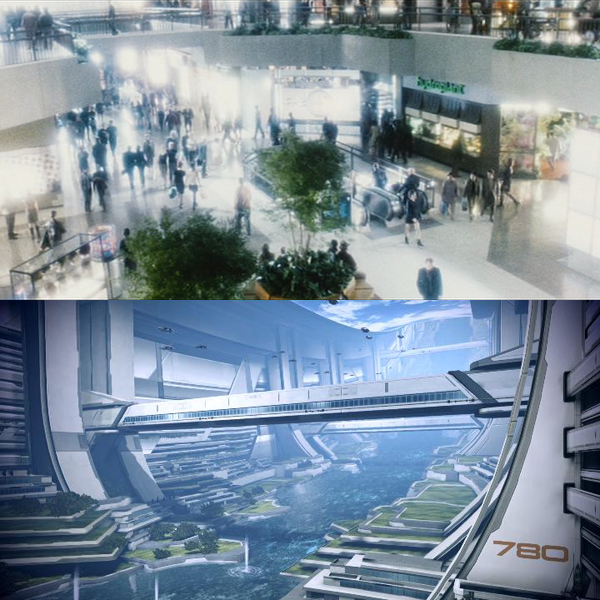
Minority Report (2002)
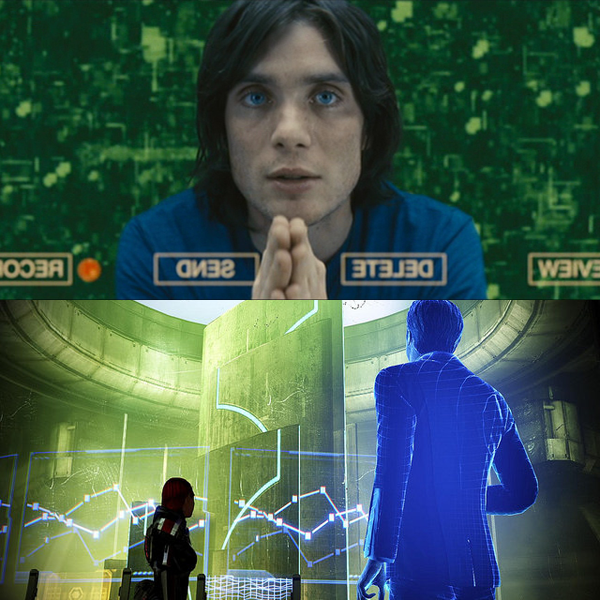
Sunshine (2007)
I hope you enjoyed this little mini-tour through sci-fi film history. Did this inspire an “Oh. Yeah.” moment?
Image Credits:
Movie Screencaps via:
- movie-screencaps.com
- cap-that.com
- film-grab.com
- grizzlybomb.com
- reflectionsonfilmandtelevision.blogspot.com
- stereootaku.wordpress.com
- thevaultpublication.com
- tothewonder.tumblr.com
Mass Effect Screencaps via:
- flickr.com/annakie
- masseffect.wikia.com
- gamesradar.com
- youtube.com/TheDynamicGamer87
- chud.com
- aliens.wikia.com
- youtube.com/WebFoo
- droot1986.deviantart.com

